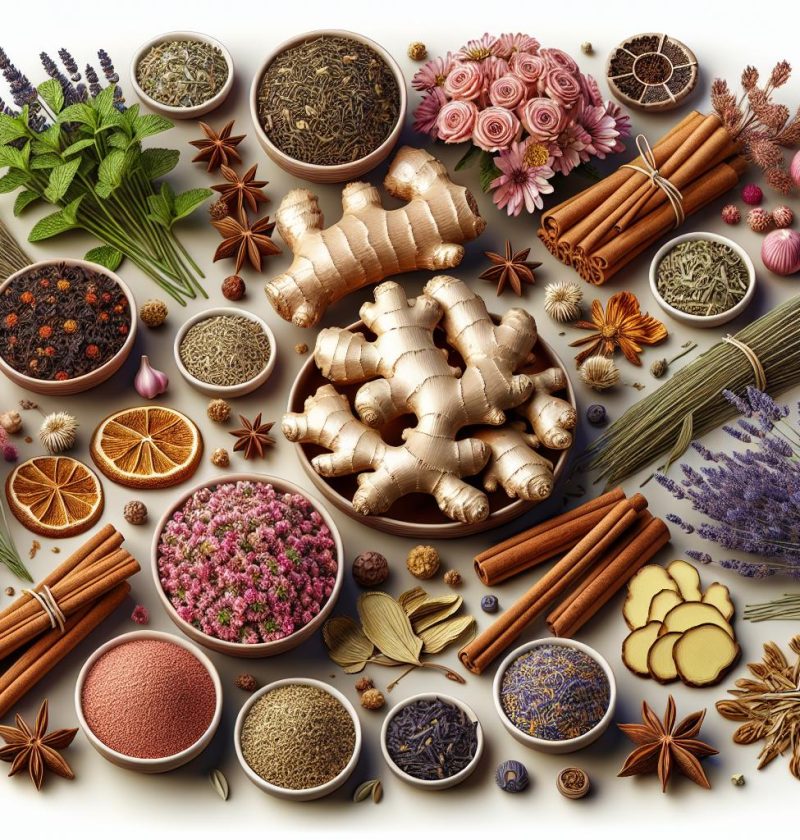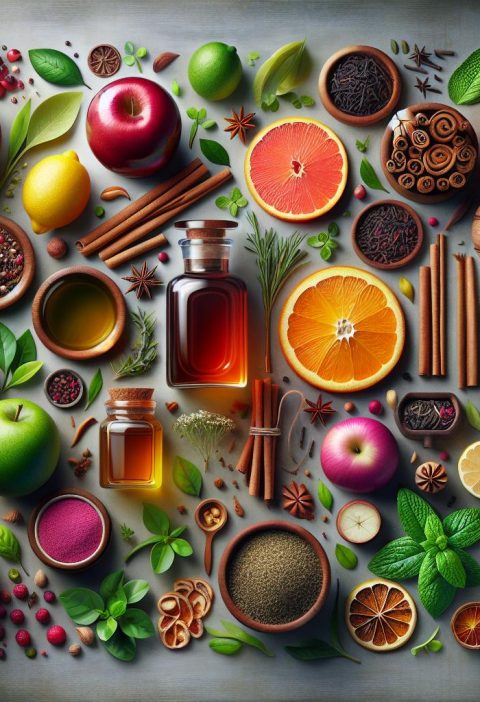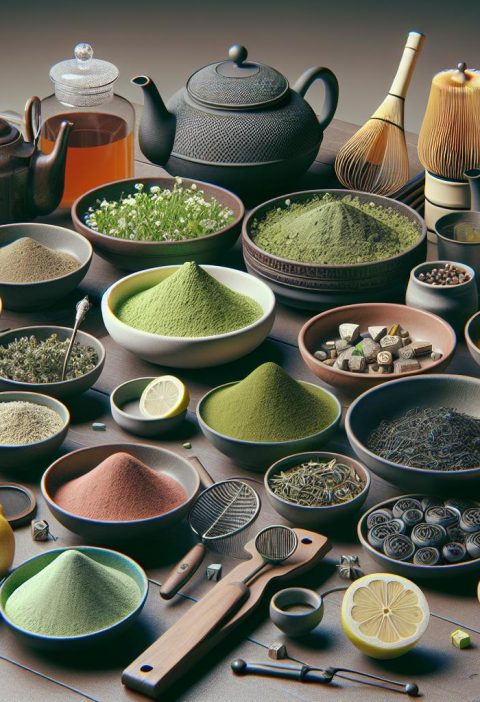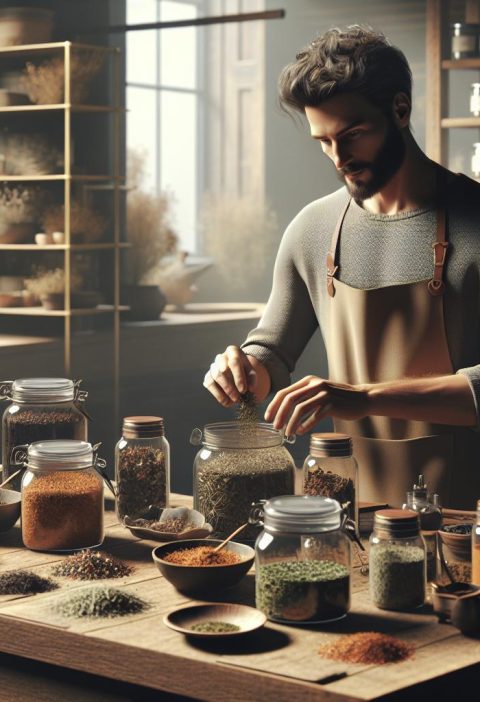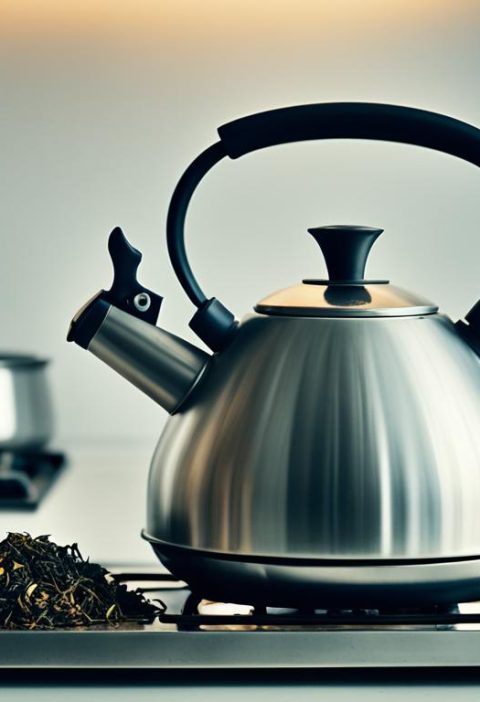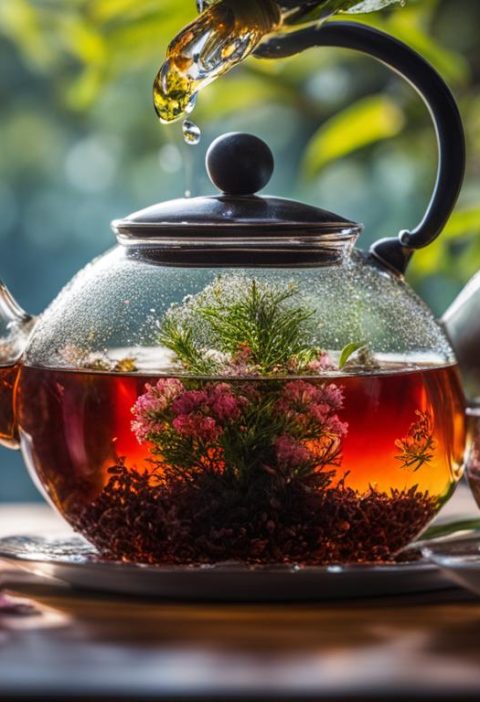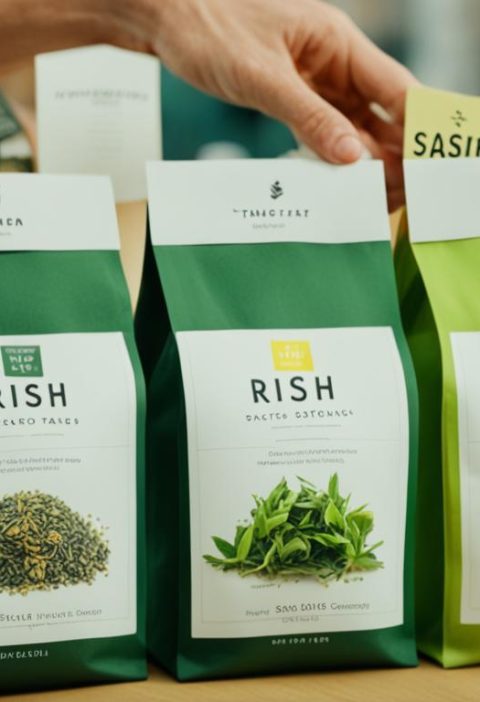So, we’re diving into the wonderful world of DIY tea blends today. If you’re anything like us, you appreciate a good cup of tea that’s not just delicious but also packed with health benefits. And what better way to elevate your tea game than by creating your own unique blends using the best herbs out there? From soothing chamomile to invigorating peppermint, the possibilities are endless when it comes to crafting your own personalized tea blends. Join us as we explore the top herbs that will take your tea-drinking experience to a whole new level.
Chamomile: The Calming Herb
When it comes to creating soothing and relaxing tea blends, chamomile stands out as the ultimate calming herb. Whether you’re a beginner looking to unwind after a long day or an expert herbalist crafting intricate blends, chamomile is a versatile herb that caters to various preferences. Let’s explore how you can harness the calming properties of chamomile in your DIY tea blends:
For Beginners: Embracing Serenity
- Start by brewing a simple chamomile tea to experience its gentle flavor and calming effects.
- Experiment with combining chamomile with other herbs like lavender or lemon balm for a soothing blend.
- Explore cold-brewing chamomile tea for a refreshing and relaxing beverage during hot days.
For Intermediate Herbal Enthusiasts: Elevating Tea Blends
- Infuse chamomile into black or green tea for a unique flavor profile that balances floral notes with the tea’s robustness.
- Blend chamomile with mint and hibiscus for a refreshing and invigorating tea blend perfect for any time of day.
- Create a sleep-enhancing tea blend by incorporating chamomile, valerian root, and passionflower for a restful night’s sleep.
- Experiment with chamomile tinctures to add depth and complexity to your tea blends.
- Combine chamomile with adaptogenic herbs like ashwagandha or rhodiola for a stress-relieving and harmonizing concoction.
- Dive into the world of floral-herbal fusions by blending chamomile with rose petals, lavender, and elderflower for a delicate and aromatic tea experience.
Chamomile’s versatility and calming properties make it a staple herb in DIY tea blends for relaxation and well-being. Whether you’re just starting or seeking to master the art of herbal infusion, chamomile offers a myriad of possibilities to elevate your tea-drinking ritual.
Peppermint: The Refreshing Herb

Peppermint is a versatile herb that can elevate your DIY tea blends with its refreshing flavor and soothing properties. Whether you’re a novice tea blender or an experienced herbal enthusiast, incorporating peppermint into your teas can add a delightful twist. Here’s how you can make the most of this invigorating herb at different skill levels:
For Beginners: Mastering the Basics:
- Start by adding a few fresh peppermint leaves to hot water for a simple and refreshing cup of tea.
- Experiment with blending peppermint with chamomile for a calming and aromatic blend.
- Consider purchasing dried peppermint leaves for convenience and longer shelf life.
For Intermediate Tea Blenders: Enhancing Your Brews
- Try mixing peppermint with lemon balm and lavender for a fragrant and relaxing herbal infusion.
- Explore the world of peppermint oil for a more intense flavor profile in your teas.
- Combine peppermint with green tea for a refreshing and antioxidant-rich blend that’s perfect for any time of day.
- Create your signature tea blend by incorporating peppermint with ginger, cinnamon, and licorice root for a complex and invigorating flavor profile.
- Experiment with cold brewing peppermint tea for a refreshing and hydrating summer beverage.
- Infuse peppermint into homemade syrups or ice cubes for a versatile addition to a variety of beverages.
Peppermint’s cooling and refreshing nature makes it a fantastic herb for enhancing your tea blends. Whether you’re just starting or looking to up your tea game, adding peppermint to your mix can bring a new dimension to your tea-drinking experience.
Lavender: The Relaxing Herb
When it comes to creating soothing and fragrant tea blends, lavender is a standout herb that adds a touch of relaxation to your cup. Whether you’re a beginner looking to dip your toes into the world of herbal teas or an experienced enthusiast seeking to elevate your blends, lavender offers a versatile and calming addition that can transform your tea-drinking experience. Let’s explore how you can incorporate lavender into your DIY tea blends based on your level of expertise:
For Beginners: Embracing Simplicity
- Start with a Hint: If you’re new to blending herbal teas, begin by adding a small amount of dried lavender buds to your favorite base tea, such as chamomile or green tea. This delicate floral note can gently introduce you to the relaxing properties of lavender without overwhelming your taste buds.
- Infusion Inspiration: Steep a teaspoon of dried lavender buds in hot water for a few minutes to create a simple yet aromatic lavender infusion. This soothing herbal tea can be enjoyed on its own or combined with other herbs for a delightful flavor.
For Intermediate Herbal Enthusiasts: Elevating the Blend
- Blend Experimentation: Mix lavender with complementary herbs like chamomile, lemon balm, and peppermint to create a harmonious infusion that promotes relaxation and well-being. This blend of floral and minty flavors can provide a multi-dimensional tea experience that delights the senses.
- Signature Recipes: Develop your signature lavender tea blend by incorporating spices like cinnamon or cardamom for a warming twist. These additions can enhance the soothing qualities of lavender while offering a personalized touch to your tea ritual.
- Advanced Pairings: Explore unique combinations by infusing lavender with exotic teas like jasmine or oolong for a sophisticated flavor profile. These intricate blends can intrigue the palate and elevate your tea-drinking experience to new heights.
- Customized Infusions: Experiment with lavender tisanes blended with dried fruits, nuts, or even floral essences to create complex and aromatic teas that showcase your expertise in herbal crafting. Let your creativity guide you as you push the boundaries of traditional tea blending.
Ginger: The Warming Herb
Ginger is a versatile herb that adds a unique warmth to DIY tea blends, perfect for those looking to infuse their creations with a spicy kick. Let’s explore how you can incorporate ginger into your tea blends based on your experience level.
For Beginners: Mastering the Basics
For beginners diving into the world of DIY tea blends, ginger is a great starting point to add a hint of warmth and depth to your teas. Here are some tips for beginners:
- Start with a small amount of ginger to avoid overpowering the blend.
- Pair ginger with soothing herbs like chamomile or mint for a balanced flavor profile.
- Experiment with grated fresh ginger or dried ginger root to discover your preferred intensity.
For Intermediate Enthusiasts: Elevating Your Blend
If you’re comfortable with blending teas and want to enhance your creations, ginger can take your teas to the next level. Here are some ideas for intermediate enthusiasts:
- Combine ginger with citrusy herbs like lemongrass or orange peel for a refreshing twist.
- Explore adding ginger to green teas or floral blends for a unique taste experience.
- Infuse your teas with both fresh and dried ginger for a dynamic flavor profile.
For Expert Herbalists: Advanced Techniques and Flavors
For those seasoned in the art of crafting tea blends, ginger offers endless opportunities for creating complex and rich flavors. Here are some recommendations for expert herbalists:
- Blend ginger with spicy herbs like cinnamon or cloves for a warming winter tea.
- Incorporate ginger into exotic tea bases such as rooibos or pu-erh for a bold and aromatic blend.
- Experiment with crystallized ginger or ginger syrup to add a sweet and spicy dimension to your teas.
Stay tuned as we continue to explore the world of herbs for DIY tea blends, unlocking new flavors and experiences for tea enthusiasts of all levels.
Conclusion
Exploring the world of herbs for DIY tea blends opens up a realm of possibilities for creating unique and flavorful concoctions. From beginners starting with gentle ginger blends to advanced herbalists crafting exotic tea bases, there’s a blend for every level of tea enthusiast. Remember, the key is to experiment, mix and match, and let your creativity guide you in discovering the perfect herbal tea blend that suits your taste buds. So, grab your favorite herbs, brew a cup of aromatic goodness, and savor the delightful experience of crafting your own personalized tea blends. Cheers to endless tea blending adventures ahead!
